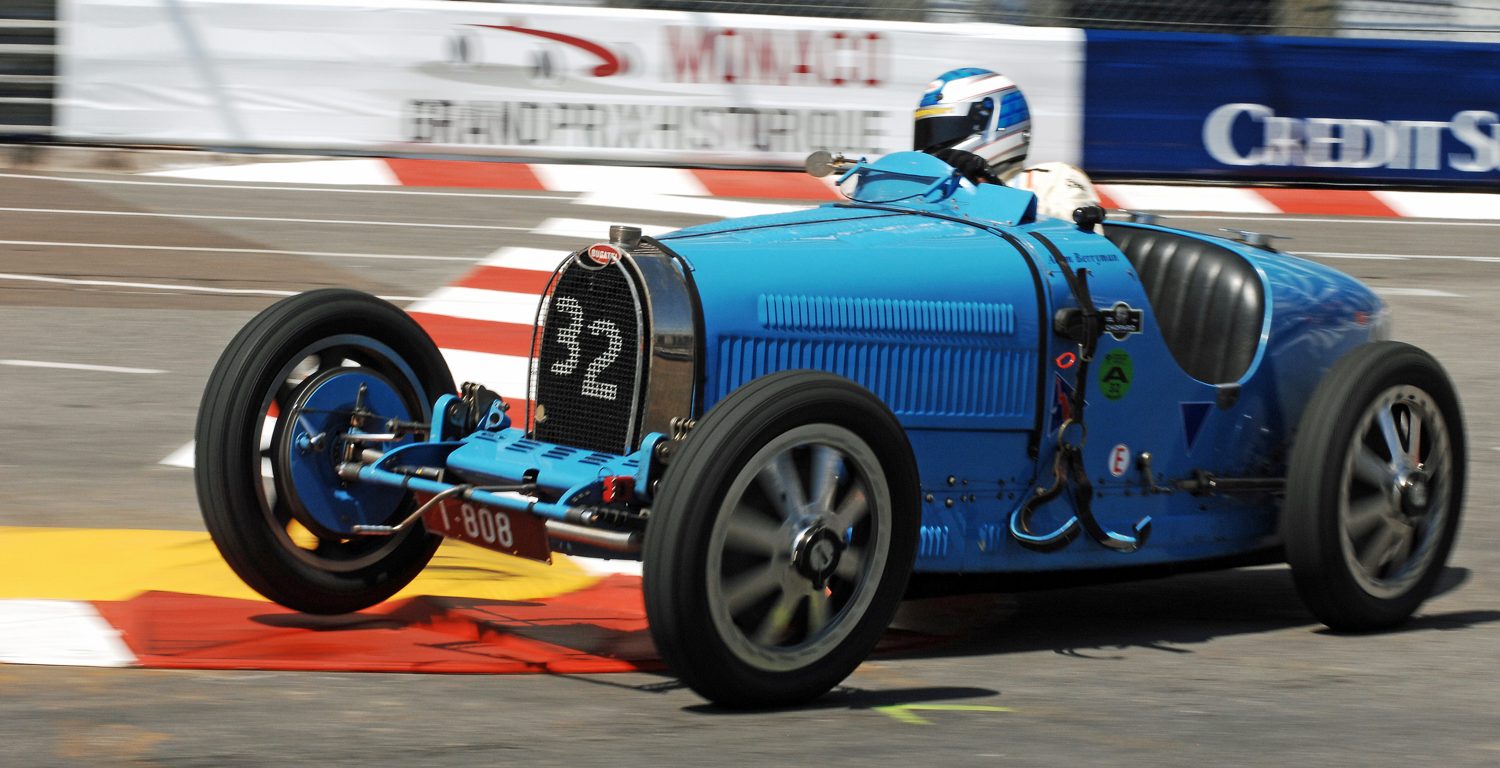As historic racing participants we often go to great lengths—and spend a great deal of time—attempting to recreate racing history. We spend countless hours researching our cars’ histories; we spend thousands of dollars restoring our cars to period-correct configuration and—with those who are more zealous—we even go so far as to buy period transporters and crew clothing. Sure, some would say we are a bit obsessive, but this is, in my mind anyway, half the fun of historic racing. In many respects this phenomenon is what is known as a “creative anachronism,” in the same way that recreating Civil War battles or medieval festivals are. But like any…ahmm, obsession…there does come a point where one has to ask where one draws the line.
While few of us would bat an eyelash over period jumpsuits or spending a small fortune on an original ’50s transporter, start talking about safety and the crowd begins to separate. How far should the “period correctness” go, when it comes to safety? This is a question I’ve been asking myself since I heard that one or two American historic racing clubs were beginning to require head restraints at the beginning of the year.
No Subscription? You’re missing out
Get immediate ad-free access to all our premium content.
Get Started



